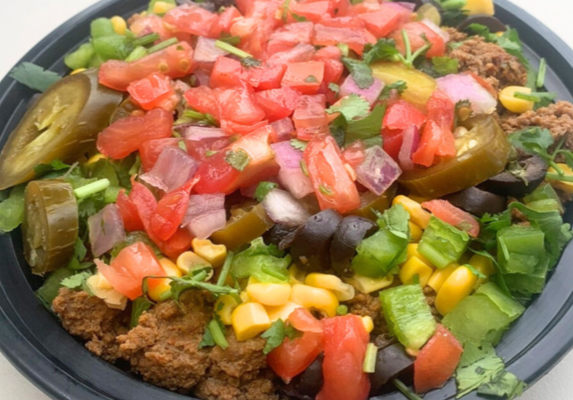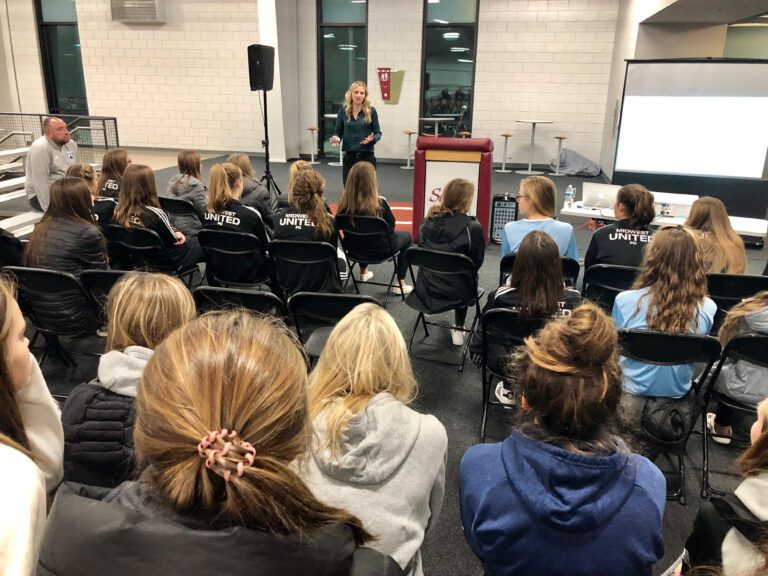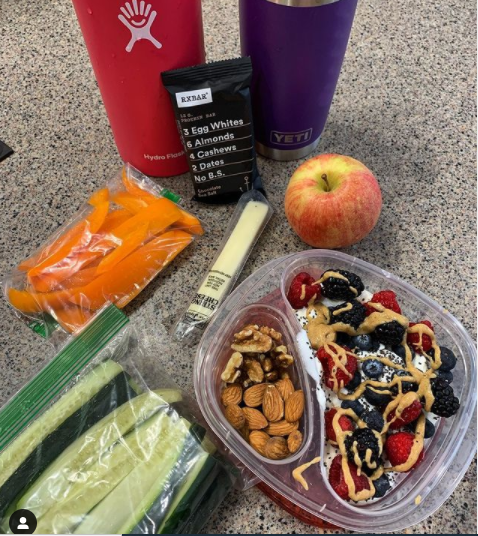
50+ No-Cook Meals and Snacks for Student-Athletes
No cooking skills? No problem! Here are some simple "no-cook" meal and snack pairings for student-athletes and active adults!

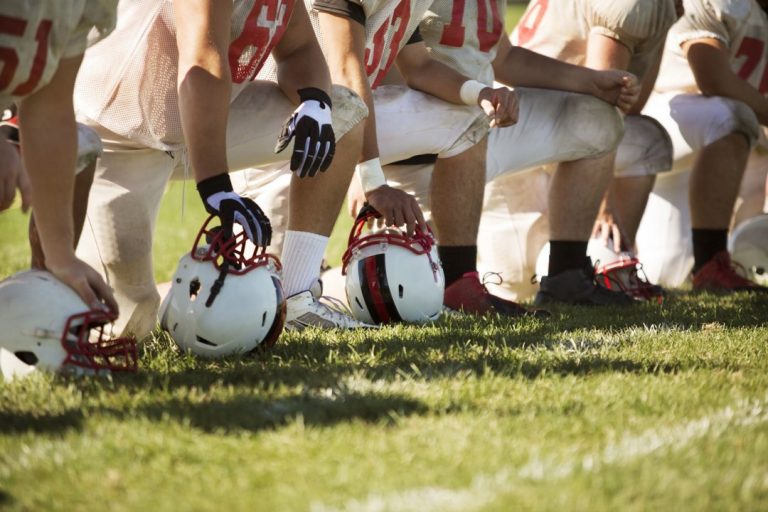
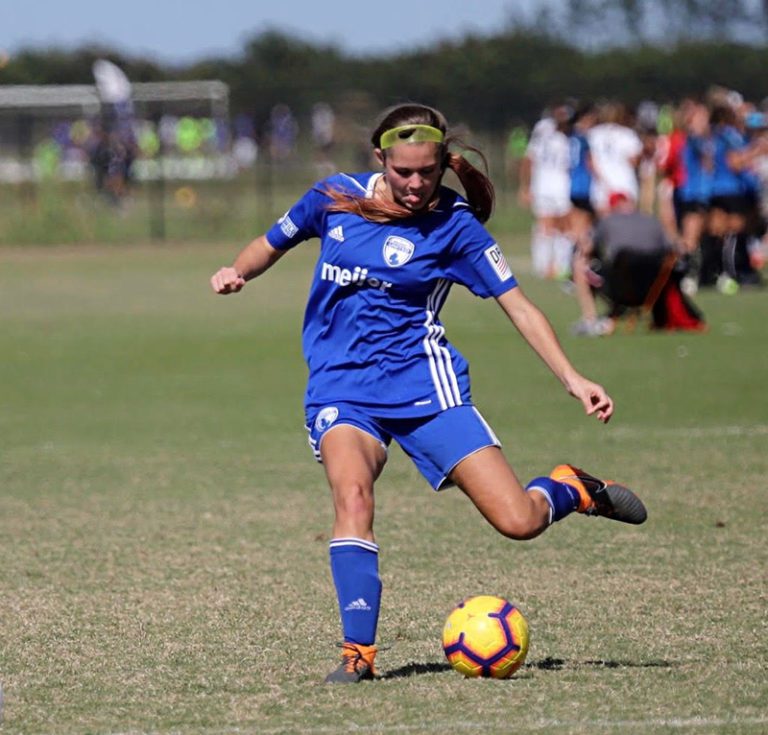

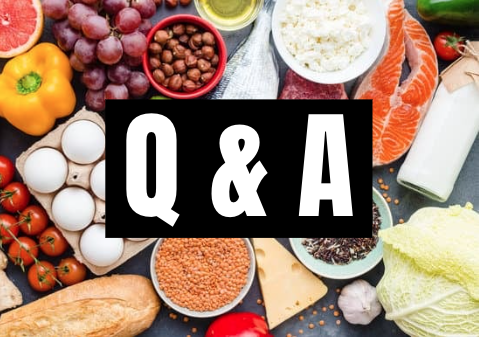

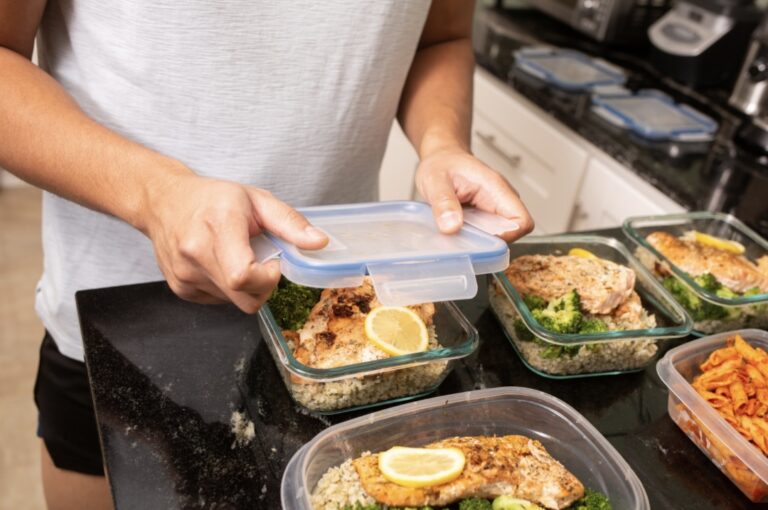
For athletes, proper nutrition is the cornerstone of peak performance. Whether you’re a student athlete, seasoned competitor, or a weekend warrior, meal prepping can be a game-changer when it comes to meeting your nutritional needs. Here are five key tips…

